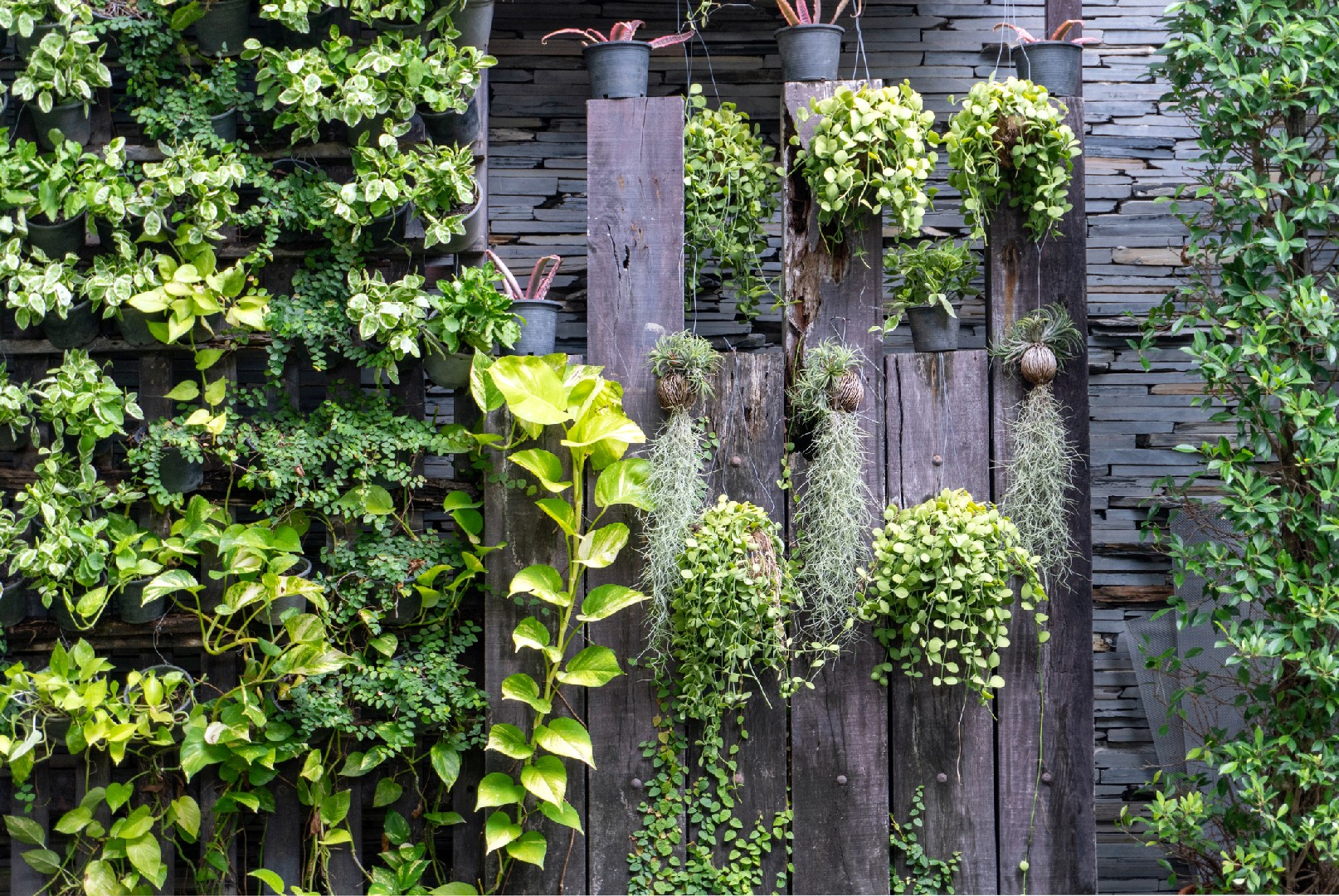![Rectangle]()
The Rise of Vertical Gardening: A Historical Perspective
Vertical gardening, although a modern concept in landscape design, has actually roots that date back to ancient civilizations. Archaeological evidence shows that the Babylonians were among the first to practice vertical gardening around 600 BC. They created the Hanging Gardens of Babylon, one of the Seven Wonders of the Ancient World, which featured terraced gardens with plants and trees arranged in ascending levels. This innovative design allowed them to maximize limited space and create a lush oasis in the middle of a desert city.
Over the centuries, various civilizations, including the Romans and the Aztecs, have also embraced the concept of vertical gardening. In Pompeii, a Roman city preserved by volcanic ash, the ruins revealed intricate gardens with trellises, pergolas, and espaliered fruit trees. These vertical elements not only added beauty to the outdoor spaces but also offered practical benefits, such as shading and privacy.
Fast forward to the modern era, and vertical gardening has experienced a resurgence in popularity. Technological advancements have played a significant role in supporting the growth of this innovative gardening technique. For instance, the development of lightweight and durable materials, such as vertical gardening fabric pots and modular vertical gardening systems, has made it easier for gardeners to create vertical gardens in limited spaces, both indoors and outdoors.
Urbanization and the shrinking availability of green spaces have also contributed to the rise of vertical gardening in modern landscape design. In densely populated cities, where horizontal space is scarce, vertical gardens provide a solution to incorporate nature into urban environments. Vertical gardens make it possible to transform bare walls, balconies, rooftops, and even abandoned buildings into thriving green spaces.
For those interested in venturing into vertical gardening, there are several methods and skills to consider. One popular technique is the use of living walls or green walls, which involve attaching plants to a vertical surface. These walls can be created using various materials such as felt, mesh, or even recycled plastic bottles. It's important to choose plants that are suitable for the available light conditions, as some may require more sunlight than others.
Another skill that is essential for successful vertical gardening is proper irrigation and drainage. Since gravity works differently in a vertical garden, water may not distribute evenly, and excess water can lead to plant rot. Installing a reliable irrigation system and ensuring proper drainage are crucial for maintaining healthy vertical gardens.
Vertical gardening also offers an opportunity to explore different plant species and create unique combinations. Consider incorporating a mix of trailing plants, climbers, and upright plants to add visual interest and texture. Furthermore, experimenting with different types of containers, such as stacked pots, hanging baskets, or wall-mounted planters, can enhance the aesthetics of the vertical garden.
In conclusion, vertical gardening is an innovative technique that has a rich history and is gaining popularity in modern landscape design. With the advancements in technology and the increasing demand for green spaces in urban areas, vertical gardening offers practical solutions for maximizing limited space and bringing nature into our surroundings. By learning and implementing relevant methods and skills, anyone can create their own vertical garden and enjoy the benefits of this unique gardening style.





